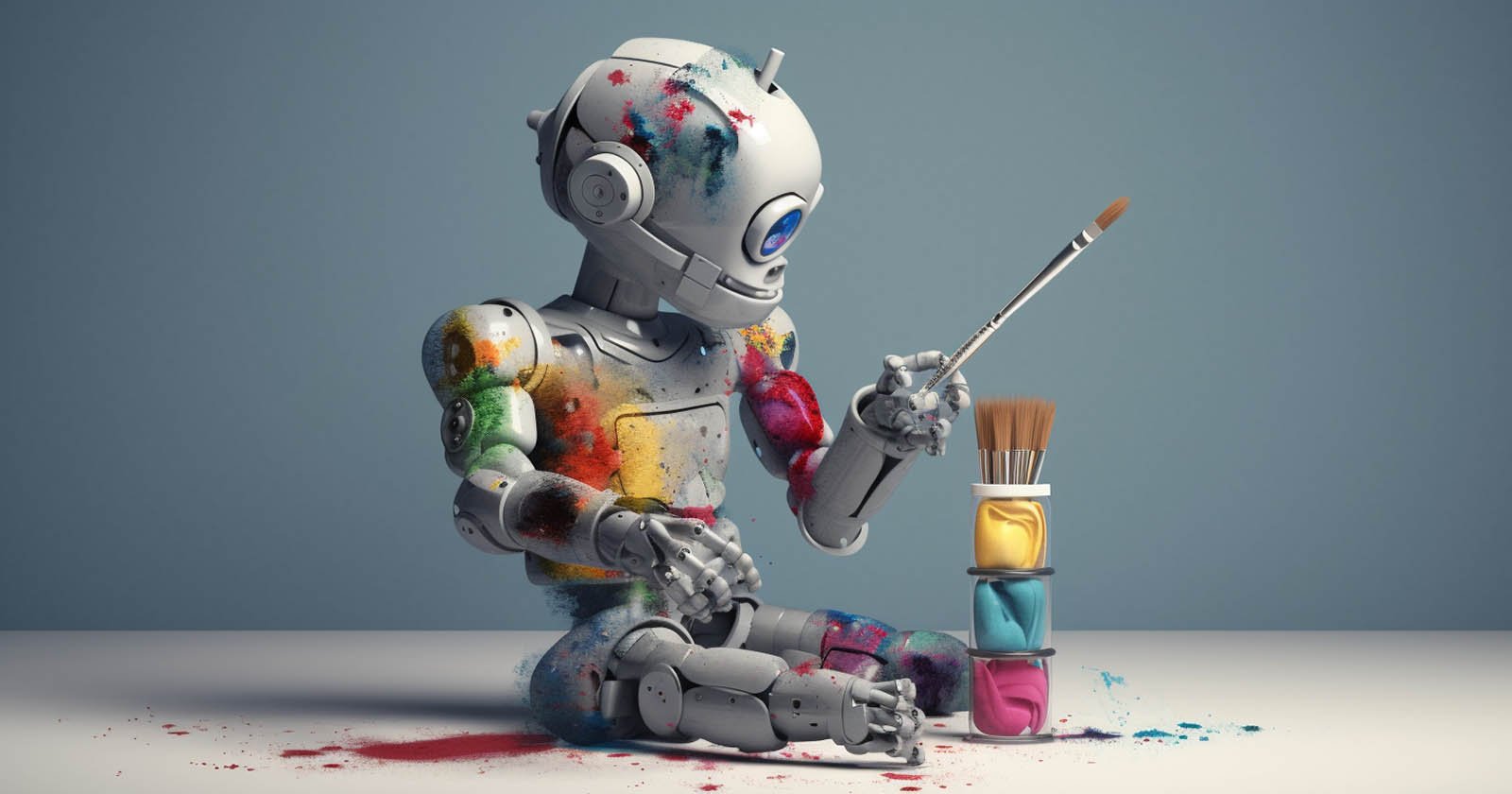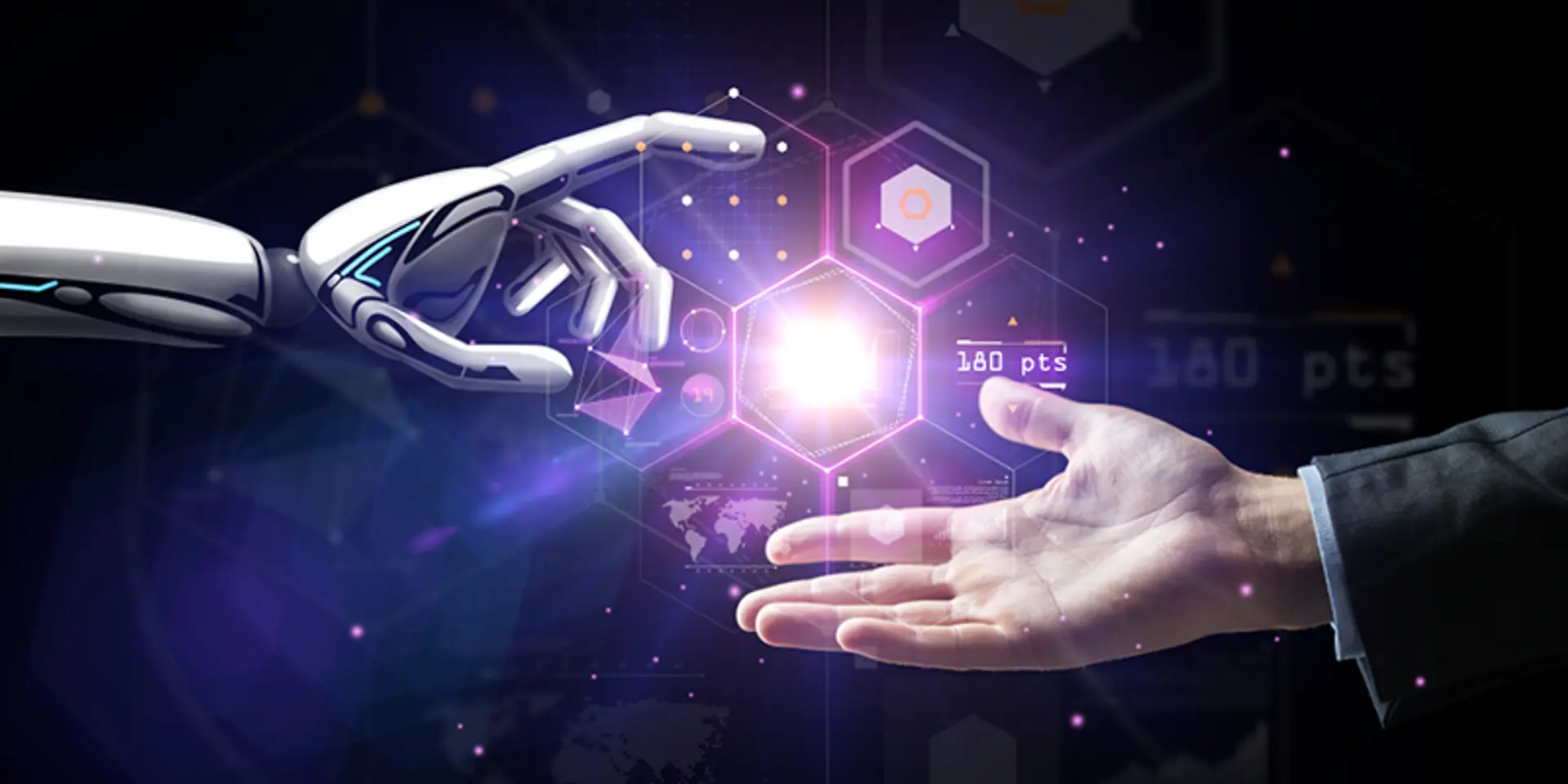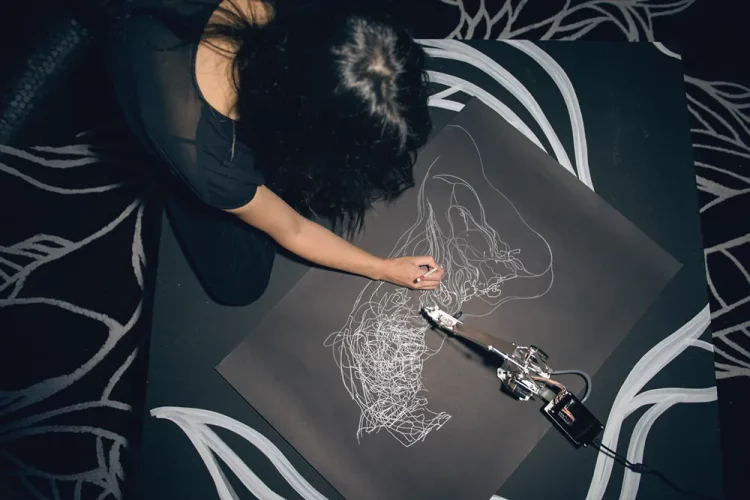Introduction
The relationship between humans and technology has evolved in remarkable ways over the last few decades. Computers, once simple tools for calculating equations, have transformed into powerful collaborators capable of enhancing every field of human endeavor. Among the most intriguing possibilities that have emerged from this evolution is the idea of human-computer collaboration as a means of fostering greater creativity.
Creativity, the ability to generate new ideas, solutions, and forms of expression, has long been considered a uniquely human trait. But with the advent of advanced artificial intelligence (AI), machine learning (ML), and other cutting-edge technologies, the question arises: Can a computer be more than a mere tool? Can it act as a creative partner, helping humans to reach new levels of imagination and innovation? In this article, we explore the potential of human-computer collaboration in the pursuit of greater creativity, examining its applications, benefits, challenges, and future possibilities.
The Creative Process: A Complex Web of Thought
Before we dive into the specifics of how human-computer collaboration can enhance creativity, it’s essential to understand what creativity entails. The creative process is often described as a non-linear, iterative journey of exploration and discovery. It involves multiple cognitive steps, including:
- Problem Identification – Recognizing a challenge or opportunity that requires an innovative solution.
- Idea Generation – Brainstorming and thinking of new possibilities.
- Refinement – Taking an initial idea and improving upon it.
- Execution – Transforming an idea into a tangible product or outcome.
- Evaluation – Assessing the effectiveness and impact of the solution.
Historically, this process has been seen as a deeply personal and human endeavor. Artists, scientists, engineers, and other creatives have relied on their individual skills, experience, and intuition to navigate this complex landscape. However, in the modern era, the boundaries of creativity are expanding, with technology playing an increasingly integral role in sparking and shaping new ideas.
The Role of Computers in Creative Endeavors
Computers, and more specifically artificial intelligence, have the potential to influence nearly every aspect of the creative process. From generating novel ideas to enhancing existing concepts, AI-powered tools can provide valuable assistance. Here are some key ways in which computers contribute to creativity:
1. Idea Generation
One of the biggest hurdles in the creative process is simply coming up with fresh ideas. Humans are often limited by their own experiences and mental frameworks, which can constrain thinking. Computers, however, can analyze vast amounts of data and generate suggestions that humans might not have considered.

For example, AI algorithms can comb through millions of pieces of text, images, or music tracks to identify patterns and generate new, previously unseen combinations. This kind of “creative leap” can be invaluable, especially when working in fields like advertising, writing, or design. Tools like GPT-4 (the model you’re currently interacting with) are prime examples of how AI can generate ideas, assist with brainstorming, and even simulate creative collaboration.
2. Enhancing and Refining Ideas
Once an idea is generated, it needs to be refined. This is where human intuition and expertise come into play. However, AI can still be a powerful tool in this stage. With machine learning, computers can help streamline this process by offering suggestions for improvement, detecting flaws, and even predicting which changes will enhance an idea’s potential.
For instance, AI can assist artists in refining their designs, offering new color palettes or geometric adjustments that make the composition more striking. In music composition, AI-driven tools like OpenAI’s MuseNet can generate accompanying melodies or harmonies that complement the composer’s original creation.
3. Collaborative Creation
Rather than simply providing suggestions, some AI systems are designed to collaborate with humans in real-time. For example, AI-powered writing assistants like Jasper or tools like DeepArt allow users to co-create with the machine, iterating and evolving a piece of work together.
This collaborative approach is particularly evident in visual art. AI platforms like DALL·E enable artists to generate images from text prompts, leading to new forms of artistic expression. These tools offer a starting point, but it’s up to the human creator to tweak and adjust the work until it aligns with their vision.
4. Cross-Disciplinary Innovation
In creative fields such as architecture, engineering, and even science, collaboration between human and machine can break down traditional disciplinary boundaries. Computers can bring new insights from unrelated fields, enabling breakthroughs in innovation.
For example, architects can use AI to experiment with new structural designs that take inspiration from biology, physics, or environmental science. In fields like drug discovery, AI is already helping researchers find novel compounds that might have taken years to identify through traditional methods.
Case Studies: Real-World Applications
Let’s take a look at some real-world examples where human-computer collaboration has led to significant creative breakthroughs.
1. AI in Music Composition
AI-generated music is one of the most fascinating and widely explored domains of creative collaboration. Companies like OpenAI, Sony, and Amper Music have developed AI systems that assist musicians in composing songs. While AI isn’t yet capable of replacing human musicians, it has proven effective in enhancing their creative output.
For example, an AI system can generate an instrumental track, leaving the musician to add vocals, tweak the tempo, or adjust the mood. This partnership between human intuition and machine learning leads to exciting, innovative compositions that might not have been possible without the AI’s contributions.
2. AI in Visual Arts
The world of visual arts has been equally impacted by AI. In 2018, an AI-generated portrait titled “Edmond de Belamy” sold at auction for over $432,000, showcasing the growing intersection between technology and traditional art. Artists use AI tools like GANs (Generative Adversarial Networks) to create stunning visual pieces by training the system on vast datasets of art, allowing it to generate new images based on patterns it has learned.
These works often start as a collaborative effort—an artist gives the machine some guidelines or constraints, and the machine responds with a unique creation. The artist then refines and adjusts the final result. This kind of creative dialogue is fostering entirely new art forms.
3. AI in Writing and Literature
AI’s role in writing is becoming more pronounced. Platforms like Grammarly and Hemingway are commonly used to enhance the clarity and style of written text, but more advanced AI tools like GPT-3 and GPT-4 can co-author entire pieces of writing.
While the machine’s suggestions may not always be perfect, they can push the boundaries of what’s possible, offering new plot twists, character arcs, or even stylistic choices that a human author might not have considered. Furthermore, AI-generated content is opening up new possibilities in interactive storytelling and video game design, where the narrative can evolve dynamically based on user input.
4. AI in Fashion Design
Fashion design has also seen a rise in human-computer collaboration. AI tools are now being used to predict trends, suggest color palettes, and even design clothing. Companies like Stitch Fix are leveraging machine learning to analyze customer preferences and create personalized style recommendations.

While AI cannot replace the intuitive design sense of a seasoned fashion designer, it can offer insights that help shape the next big trend, enabling faster iteration and more efficient use of resources.
The Benefits of Human-Computer Collaboration
Human-computer collaboration offers a wide range of benefits to the creative process:
1. Increased Speed and Efficiency
AI can quickly generate and analyze data, drastically reducing the time it takes to move from concept to execution. In fields like advertising, design, and product development, this means faster iterations and quicker market delivery.
2. Novelty and Innovation
By analyzing vast datasets and identifying hidden patterns, AI can offer fresh insights and unexpected connections that humans may not consider. This can lead to new forms of creativity and innovation across multiple disciplines.
3. Access to New Tools and Resources
AI tools democratize creativity by making advanced technologies accessible to everyone, regardless of their technical expertise. A writer doesn’t need to know how to code to use an AI-powered writing assistant, and a painter doesn’t need to be an expert in machine learning to collaborate with AI in their art.
4. Personalized Creativity
AI can also help individuals explore their own unique creative potential. By offering tailored suggestions and insights based on a user’s preferences and past work, AI tools provide a more personalized creative experience, empowering users to push their boundaries.
Challenges and Ethical Considerations
Despite the promising potential of human-computer collaboration, several challenges remain:
1. Creative Ownership
When an AI system contributes to a creative project, who owns the work? This question has become increasingly relevant as AI-generated art, music, and literature continue to flood the market. Clear guidelines need to be established regarding intellectual property rights.
2. Over-reliance on AI
While AI can offer creative suggestions, there’s a risk of becoming overly dependent on the technology. Human creativity may lose its edge if we begin to rely too heavily on machines for idea generation, refinement, and execution.
3. Bias in AI Models
AI systems are only as good as the data they are trained on. If the data used to train AI models is biased or incomplete, the results can be skewed in ways that undermine creativity or limit innovation.
4. Impact on Employment
As AI continues to contribute to creative processes, some fear that it could replace human workers in creative industries. While AI is unlikely to fully replace human creativity, it may lead to a shift in the types of jobs available in creative fields.
Conclusion: The Future of Creativity
Human-computer collaboration has already begun to reshape the landscape of creativity. Whether it’s generating music, designing fashion, or co-authoring novels, the partnership between human intuition and machine learning is unlocking new creative possibilities.
However, as with any technological advancement, there are challenges and ethical considerations to address. If we navigate these obstacles thoughtfully, the potential for AI to enhance and amplify human creativity is boundless. In the future, we may look back at this era not just as the dawn of AI, but as the dawn of a new golden age of human creativity—one where machines and humans collaborate in ways that were once unimaginable.











































